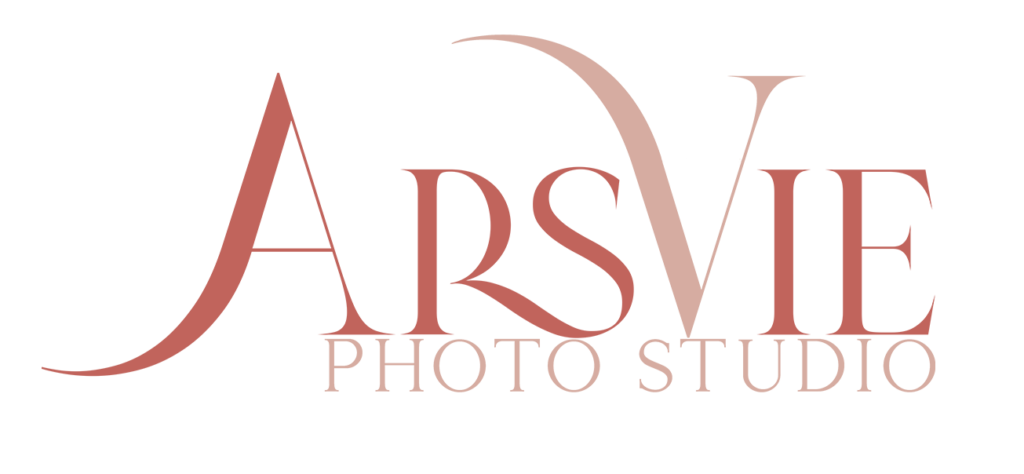What clients like and don’t like your photography portfolio
Years ago, when I was a beginner in photography, I often wondered how clients choose a photographer. Initially, I believed they make decisions based only on the photographer’s portfolio. However, it soon became evident that the price of a photographer also plays an important role. Every couple or family sets aside a certain amount of money for their wedding or family photo session, and they try to stay within that budget. This financial constraint is an important factor they must consider when making decisions.
Nevertheless, regardless of price, the photographer’s portfolio remains the client’s first point of reference. So, how do they determine which photographer to contact after reviewing portfolios? It comes down to personal taste. Clients subconsciously evaluate the photos based on their own ideas of beauty and professionalism.
This selection process can be simplified into a straightforward option: “I like it” or ” I don’t like it.”
If clients like what they see in the portfolio, they’re more likely to reach out to the photographer. Conversely, if they don’t like it, they’ll likely move on without considering price or other factors.

Therefore, while price is undoubtedly an important factor, the portfolio is the initial filter through which clients make decisions based on their subjective preferences and perceptions of quality.
In all my years as a photographer, I’ve never had a client say, “We picked you because your photos are technically perfect!” Instead, they usually say something like, “We really liked your photos!” Sometimes, they’ll mention specific pictures they enjoyed, pointing out particular ideas or moments.

What is "correct" and "wrong" in photography portfolio?
So, why do we talk about “correct” and “wrong” in photography? Even the word “correct” suggests following rules! There are rules about how to set up a picture, like the rule of thirds or using aperture and shutter speed. But do clients know about these rules? If photography is just a hobby, they might know a bit, but most clients haven’t studied the technical aspect of photography.
It’s more likely that clients judge portfolios based on personal taste rather than technical perfection. They decide based on what they like or dislike, not whether the photographer followed the rules perfectly.
When I started my photography career, picking photos for my portfolio was tough. I wasn’t experienced, and I often doubted whether the pictures I liked were good enough. So, I came up with a compromise. From each set of photos I took, I picked two sets: one with the ones I personally liked and the other with photos that I thought followed all the composition rules. That way, I tried to cover both my taste and what’s considered technically good.
I think the “correct or wrong” principle becomes crucial when selecting the best photos for photography competitions. In these contests, the judges are often experienced photographers with a strong history of successful work. They carefully assess each photo to see if it meets specific technical standards (“correctly”) and, secondly, if they personally like it. Competitions are a whole other topic, though, and they can be quite complex and contentious.

What makes a photograph “correct”? Is it one that perfectly follows all the rules of composition? Or is it one that captures a moment’s emotional essence? Depending on the type of photography, it could be a combination of both.
Now, with years of experience behind me, I choose photos for my portfolio based on one simple principle: I like them. I don’t obsess over whether they’re technically perfect or not. After taking photos for many years, I’ve internalized the rules of composition, and apply them automatically. But sometimes, I break those rules deliberately to create something unique and interesting, aligning with my personal style and creative vision.
If you only focus on taking “perfect” photos, your creative ideas might never come out. For me, a photographer’s style and creativity are just as important as following rules.
Choosing photos for your portfolio that you personally like can lead you directly toward developing and enhancing your unique photography style. Isn’t that what you desire – to become an experienced photographer with your distinct photography style? In that case, consider taking more healthy risks when capturing photos.
Trust your inner voice to accurately interpret your emotions and feelings about whether you like or dislike a particular photo. Doing so will help you attract the type of client you’re seeking and waiting for.
Your portfolio is like your creative identity. Show what you love! Your ideal client will love it, too.
A GUIDE TO IDENTIFYING YOUR IDEAL CLIENT
Whether you’re refining your target market or just starting, this guide will equip you with the clarity needed to create marketing campaigns that resonate deeply with those who appreciate your creativity and photography style.

Sharing is caring
Elena
Hi, there! I'm Elena Sullivan! The founder of the ArsVie photo studio, trilingual photographer, online educator, woman in business cheerleader. Capturing life's moments with authenticity and elegance to inspire others. Passionate about helping businesses convey their message through compelling imagery.




















